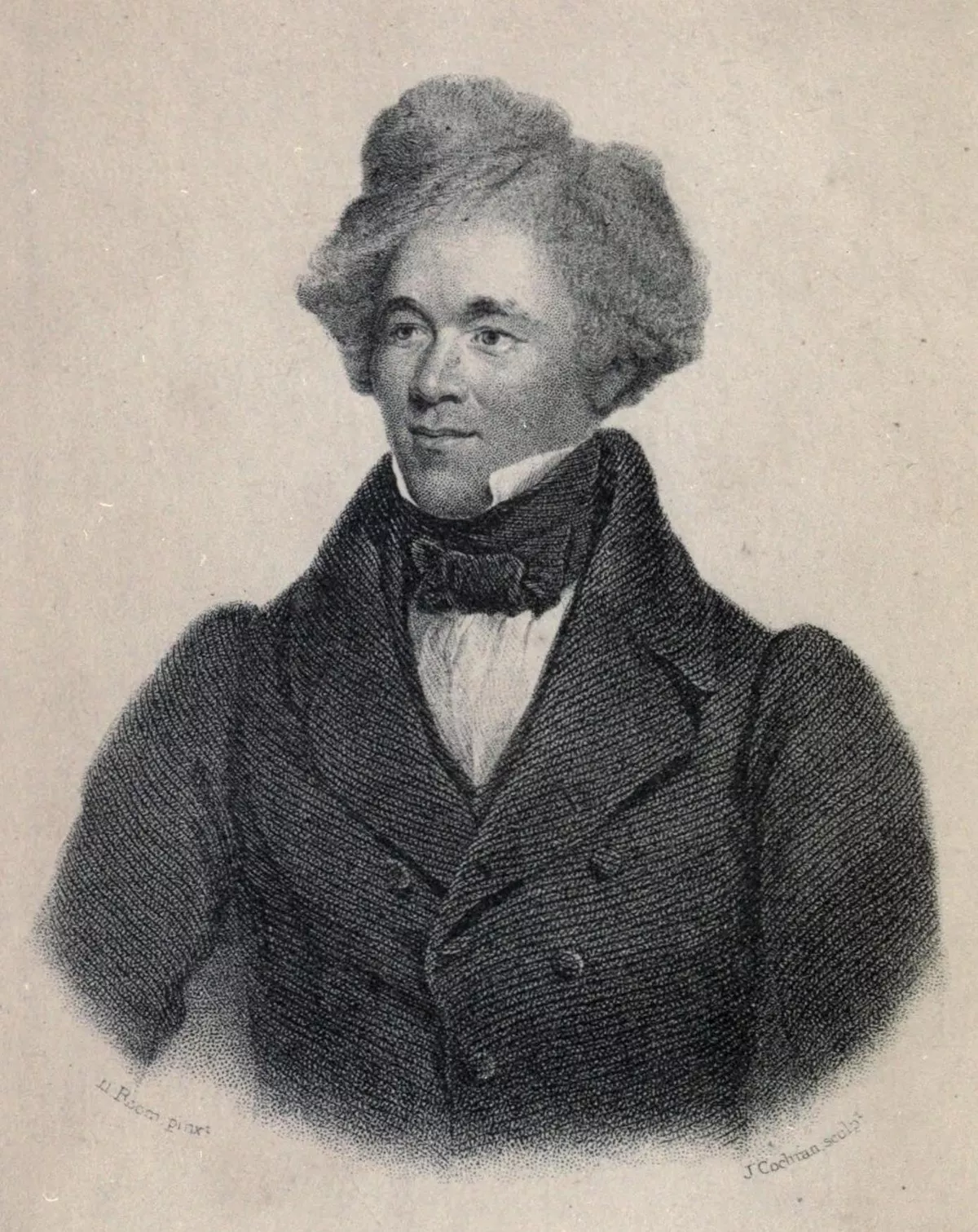 1.
1. Moses Roper wrote an influential narrative of his enslavement in the United States in his Narrative of the Adventures and Escape of Moses Roper from American Slavery and gave thousands of lectures in Great Britain and Ireland to inform the European public about the brutality of American slavery.